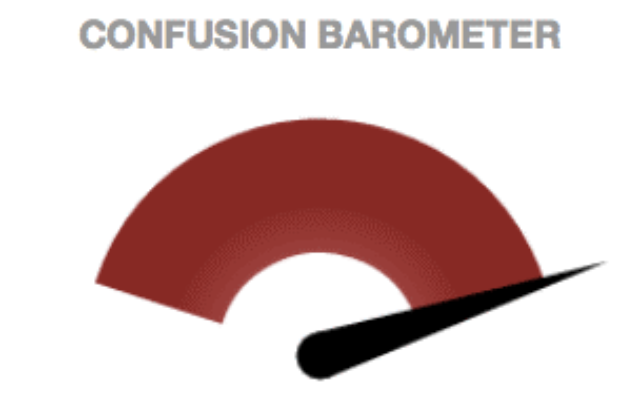Number one is it’s difficult to say No to a good idea. Especially when it comes from a senior leader. And as senior leaders tend to be mentally ‘ahead’ of the business, thinking of all the things that need to happen next as opposed to what just needs to happen now, they tend to generate more ideas than the business can implement. Poor leaders also have a greater tendency to suffer from False Consensus effect, whereby they assume more people think like them, than they do.
This, combined with a good dash of Pro-Innovation bias, whereby champions of change tend to ignore dissent, and Optimism Bias, where organisations believe that the negative impacts of similar changes in other organisations won’t happen to them, all serve to increase the amount of change in organisations.
2. We double-down on bad ideas
Also referred to as the sunk costs fallacy, it basically means we have a tendency to try and dig our way out of holes. In organisations, when we realise a change is no longer worth its cost, instead of walking away we simply try to add more benefits. Of course, you can’t add more benefits for free, or they would have been added from the beginning of the project. Every new benefit you try and realise from a change causes an inflationary cost, time and impact to deliver. This is also known as the Escalation of Commitment theory and can often be found hanging around SharePoint installations which, upon realising SharePoint isn’t going to revolutionise your knowledge management… ends up increasing in size and cost as a project as more 3rd party tech is bought to try and make it usable and popular with users.
3. Sometimes we don’t get a choice
Organisations with regulatory burdens don’t get a choice on a good portion of the change they have to implement. It consumes a large proportion of that spare capacity which otherwise would be spent on positive, innovative change. So trying to do the two things at once leaves those most heavily involved in setting strategy and direction overloaded and employees confused.
4. We drive faster when we wear seatbelts…
It’s been proven that we drive faster when we’re wearing a seatbelt. It’s called Risk Compensation theory and, in business, it leads to an underestimation of the risks, costs and implications of change we try to implement internally, as opposed to something we might be doing for a client where there are significant risks for getting it wrong. Underestimating the cost of internal change leads to poorly balanced business cases that wouldn’t pass the test if they were being delivered externally.
5. We prefer simple changes to complex ones
We might know exactly what the problem is and how to fix it… but if the fix requires a complex change project with multiple stakeholders, difficult to define benefits statements and large cost…. We would simply prefer to treat the symptoms of the problem than the problem itself. You can look up Occam’s razor to understand more about how this works but in business it means we’re constantly implementing changes which aren’t addressing the fundamental problems we’re facing. We still find ourselves swamped with change. It’s still overly complex… but the only difference is we’re not making as big a positive impact on the business that we could be and employees are weary of ‘moving deck chairs on the Titanic’.
6. We want quick results
We want the biggest benefits from the smallest effort as quickly as possible, naturally. We’re hard wired to think in this way and in business that means when someone suggests a change with immediate benefits we would prefer it to a change with the same cost and bigger benefits but later delivery. Check out Hyperbolic Discounting for more but in business this effect is often coupled with people moving jobs more and wanting to feel like they’re ‘making a difference’ in each role. In addition, individuals try and ‘protect’ their idea for change until they’ve delivered it in order to make sure they get the credit whilst, ironically, not involving more stakeholders earlier means it’s less likely to be perceived as a positive change and will take longer to implement.
7. Ignoring change management best practice
Collectively, we’ve known how to make change work well for some time. But that hasn’t stopped the failure rate of projects from staying around that 75-80% mark depending on which research you read. Poorly managed change inevitably leads to confusion, resentment and a slower overall pace of change with reduced business benefits and long-term increase in employee cynicism… which in turn leads to greater resistance to future changes and so on and so on, meaning organisations that manage change poorly will have less capacity for change and therefore feel overloaded sooner.
Article by channel:
Everything you need to know about Digital Transformation
The best articles, news and events direct to your inbox
Read more articles tagged: Change & Transformation, Culture, Featured






